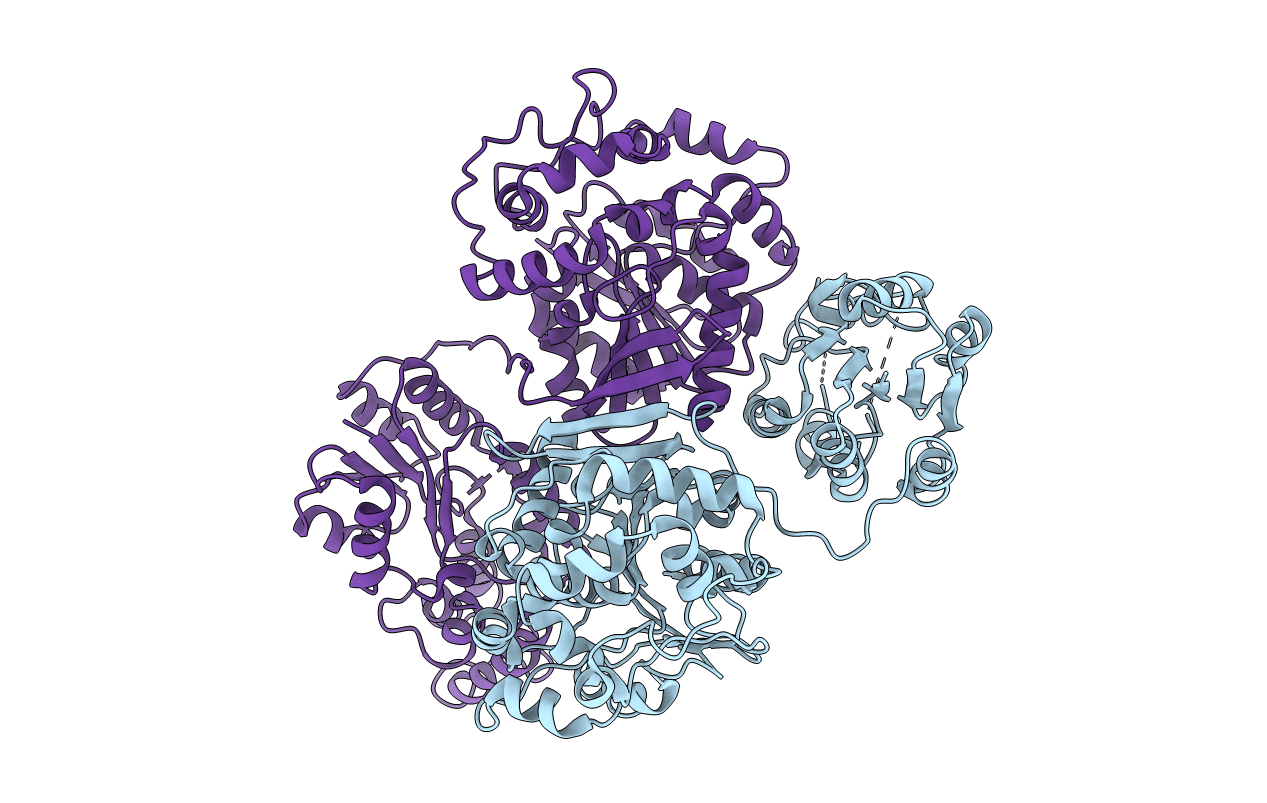
Deposition Date
1999-08-12
Release Date
1999-11-19
Last Version Date
2024-02-07
Method Details:
Experimental Method:
Resolution:
2.80 Å
R-Value Free:
0.30
R-Value Work:
0.21
R-Value Observed:
0.26
Space Group:
P 21 21 2


